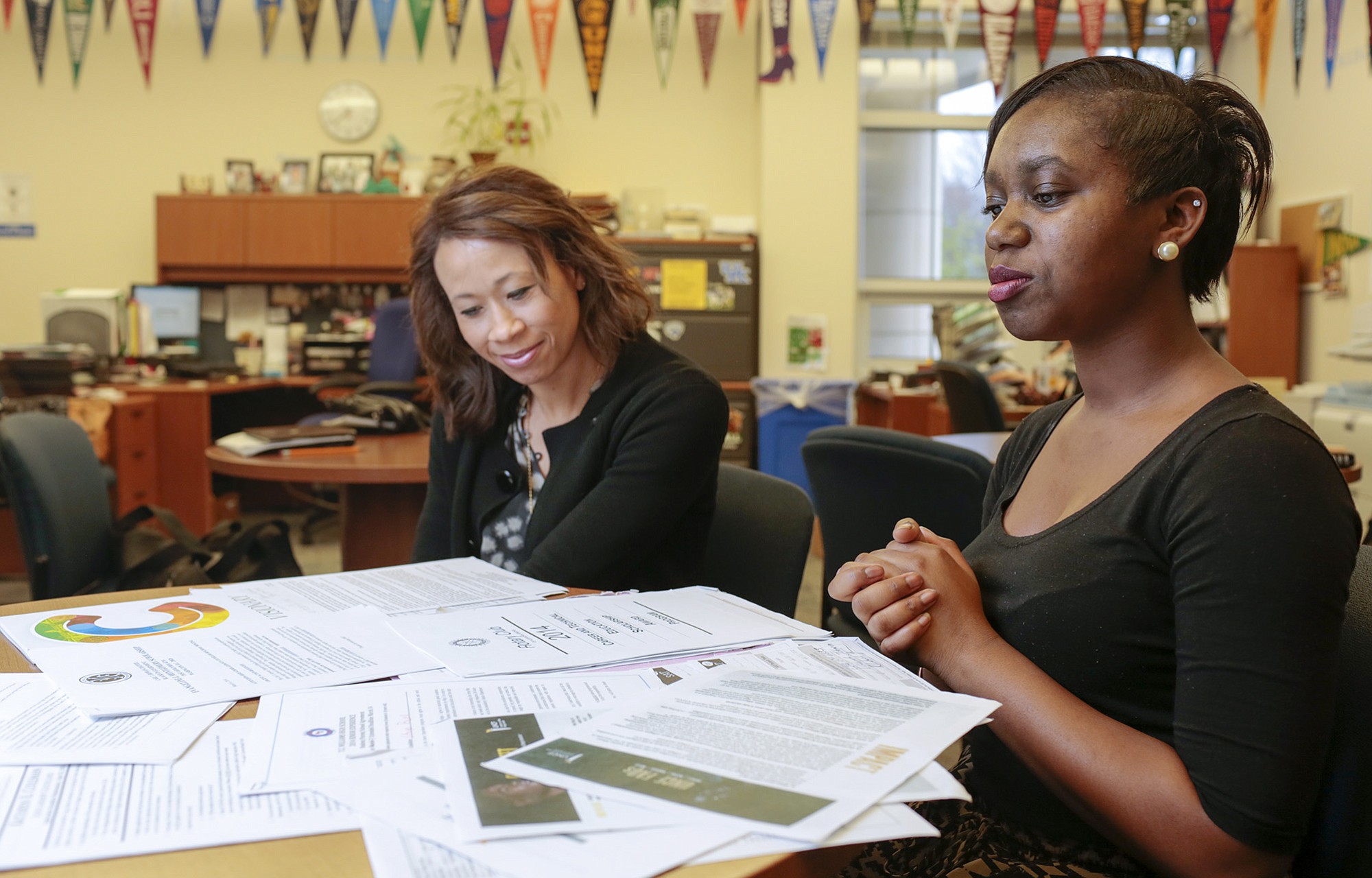WASHINGTON — It’s 103 questions that could make all the difference in how you pay for college. Yet every year families shy away from filling out the form known as the FAFSA, which the government and colleges use to determine need- and some merit-based financial aid.
A lot of parents get tripped up thinking they make too much money to receive any assistance in paying for college. About a third of families making over $100,000 didn’t bother to fill out the FAFSA last year, according to a recent Sallie Mae survey, significantly lowering the chances of their kids receiving grants and scholarships. But that’s a shame, considering that 16 percent of high-income families received an average $6,580 in grants last year, the survey said.
January marks the first month that families can submit the FAFSA (short for the Free Application for Federal Student Aid). And the sooner you get it in the better your chances of qualifying for more money since some states award aid on a first come first serve basis.
Now, for the most important question: How do colleges and the government figure out how much aid you need based on your finances? The process can look like a mystery from the outside. But there are guidelines that everyone follows, and some of them might surprise you. Below are a few scenarios to help illustrate how the financial aid officers will be looking at your forms.
• Big house and hefty retirement savings: Surprise, the value of your house or your retirement savings is not counted in financial aid calculations. It might sound counter-intuitive, but a family with an expensive house has just as good a shot of getting aid as one with a modest home, all other things being equal.
Officials at the Education Department explain that the government doesn’t want parents to draw down their 401k or IRA plans, nor sell their homes, to pay for college. The government also doesn’t count the value of your insurance policies. However, it will use the value of second homes, rental property, stocks (outside of a 401k or IRA) and cash savings to determine your family contribution.
With that in mind, families may want to consider moving money from a CD or stocks outside a retirement account into a 401k or IRA a year or two before sending a child off to college. (Don’t get too creative, though, because the IRS is paying attention.)
“For most families, most of their wealth is in their home or in their retirement, so right off the bat there’s quite a bit of information that’s not considered at all,” said Kathy Ruby, a college finance consultant with admissions firm College Coach.
The government typically excludes any assets of families with income below $50,000. For everyone else, there is another calculation that takes into account the parents’ age and marital status—older, married parents fare the best.
• Six-figure salary: As a general rule of thumb, your income matters much more than your assets in the government’s calculations, said Mark Kantrowitz, publisher of Edvisors.com, a college planning website. So if you’re making a six-figure salary, you can probably expect less help.
Even so, there are at least two other big factors that could help you qualify for need-based aid. Families get a break if they have other kids currently in college, or entering at the same time. Your odds of getting aid are also higher if your child is eyeing a pricey private school, rather than a cheaper in-state public university. That’s because the government calculates that your contribution won’t go as far towards a more expensive college.
Families making less than $25,000 have their expected contribution automatically set at zero, which means their college-bound student would be eligible for the maximum amount of federal grant funding.
• Money stashed away in a college savings plan: There is a popular misconception that the more you’ve saved in a 529 college savings plan, the less aid you’ll receive. But that’s not true.
Let’s say you have a 529 account worth $40,000. Only about $2,000 of that would actually count towards what the government expects you to pay.
Again, your income matters far more than whatever you’ve been carefully stashing into a 529.
Ruby points out that 529 plans for siblings must be reported on the FAFSA. Sibling plans, she said, are treated like any other parent asset.
Plans owned by grandparents or other relatives do not have to be reported, but any money your child receives from those accounts must be included. Financial experts recommend that families wait until a student’s final year in school to withdraw money from a 529 plan owned by a grandparent to lessen the impact on financial aid.
• Student with a part-time job: Your kid’s after-school job at Target may be great for pocket change, but depending on how much he makes it could count against him in the FAFSA.
“Student income is assessed more harshly than parent income,” said Kantrowitz, author of Filing the FAFSA. The government believes that “student income and assets are there for one purpose only, which is to pay for college. Parent assets and income are there for other purposes.”
The government excludes any student income below $6,310, but students are expected to contribute 50 percent of any money above that threshold. If your child lands a work-study job once in college, he won’t have to worry about that gig being counted in financial aid calculations. However, 20 percent of any assets that are in a student’s name, including savings and checking accounts, will count toward the expected contribution.



